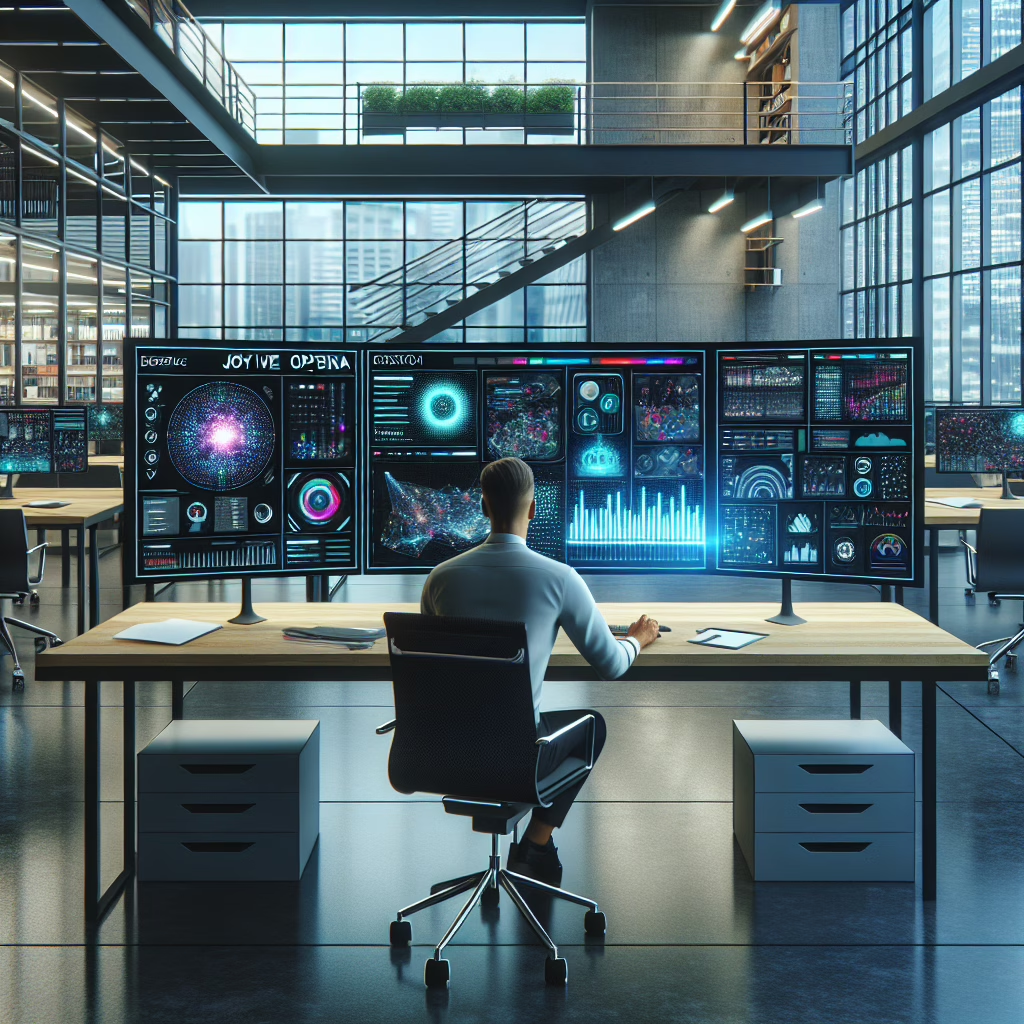In an unexpected twist that left tech enthusiasts buzzing like a caffeinated squirrel, famed iPhone designer Jony Ive has joined forces with OpenAI. Yes, you heard it right! The man behind the sleek aesthetics of Apple products is now lending his creative genius to the realm of artificial intelligence. But before you rush to trade your iPhone for a ChatGPT smartphone, let’s dive into what this really means for the future of technology and design.
The Union of Design and AI
Imagine a world where your digital assistant not only understands your commands but also looks stunning while doing so. That’s the kind of synergy we might expect from Jony Ive‘s collaboration with OpenAI. Known for his minimalist designs that make even the simplest objects look like works of art, Ive’s influence could bring a fresh perspective to AI interfaces.
However, as much as we would love to see an AI-powered smartphone that can predict our desires with the elegance of an Apple product, we must temper our expectations. Jony Ive joining OpenAI doesn’t automatically mean he’s building the next great gadget that combines AI and design in one sleek package. In fact, it’s more likely that we’ll see enhancements in how AI interacts with users—think beautiful interfaces rather than hardware!
What This Means for Artificial Intelligence
With Jony Ive on board, OpenAI stands to gain a unique advantage in bridging the gap between human-centered design and cutting-edge technology. The goal is simple: create AI systems that are not only functional but also delightful to interact with. Imagine asking ChatGPT for advice while being greeted by an interface that feels as intuitive as flipping through your favorite magazine or browsing a high-end product catalog.
This isn’t just about aesthetics; it’s about making technology more accessible. A well-designed interface can make complex AI tools feel approachable to everyone, from tech-savvy individuals to those who still struggle with turning on their smartphones. When technology is both easy on the eyes and user-friendly, everyone benefits.
The Future of AI Interfaces
As we look ahead, the potential changes in AI interfaces could be revolutionary. Picture yourself engaging with a chatbot that doesn’t just respond but does so with a personality that aligns with its design—perhaps even one inspired by Jony Ive’s legendary product aesthetics! Although we might not see a physical device hit the shelves anytime soon, advancements in virtual interactions could redefine our daily experiences with technology.
- Personalized Interactions: Imagine an AI assistant that understands context, delivering responses wrapped in a visually appealing format.
- Dynamic Content: Rather than standard text bubbles, you might receive answers adorned with beautiful graphics or animations—all thanks to Jony Ive’s design prowess.
A Cautionary Note
While we’re all excited about this new chapter in tech innovation, let’s not get ahead of ourselves. There’s a fine line between dreaming big and expecting too much too soon. Jony Ive may revolutionize how we interact with AI, but predicting the timeline of these changes is akin to guessing when your favorite TV show will return after its season finale—there are no guarantees!
Moreover, even brilliant minds like Ive can’t work miracles overnight. The integration of advanced design principles into AI will take time. In the meantime, we’ll continue using our existing devices—perhaps just slightly fancier than before!
Final Thoughts
Jony Ive joining OpenAI is undoubtedly an exciting development in both the fields of design and artificial intelligence. While we may not be getting a new ChatGPT smartphone anytime soon, the possibilities are endless when it comes to enhancing how we interact with technology.
So buckle up! The future looks bright and beautifully designed. We’d love to hear your thoughts on this partnership! Do you think Jony Ive can change how we interact with AI? Share your musings in the comments below!
A special thanks to TechRadar for providing insights into this fascinating topic.

